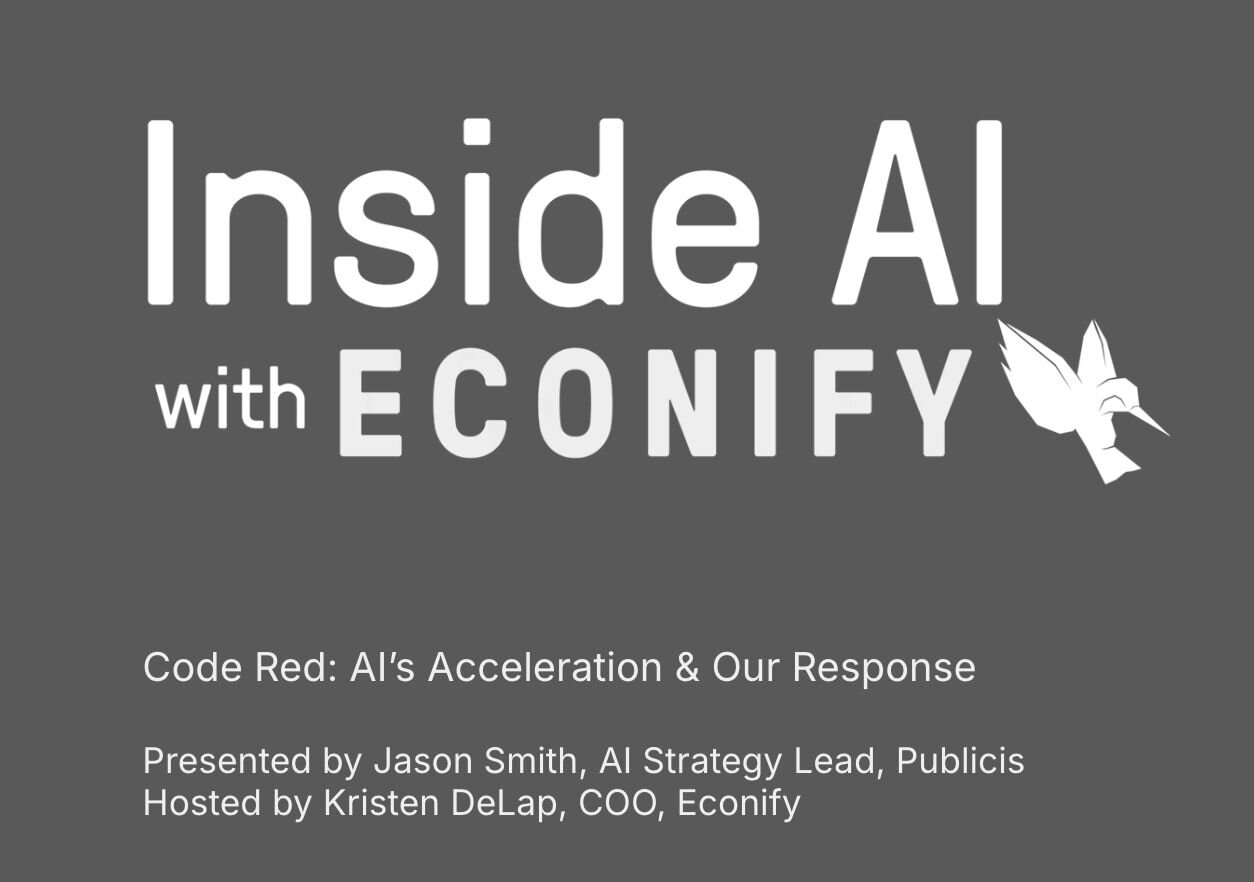
What Is Vibe Coding and Why Is It Trending?
Vibe coding is a term popularized by OpenAI cofounder Andrej Karpathy, and it’s quickly becoming part of the modern development landscape. Especially among non-developers and solo builders who use tools like ChatGPT or GitHub Copilot to turn an idea into working software. Karpathy defines it succinctly:
“Vibe coding: when you kind of vaguely know what you want but not really, so you just throw some code together until it feels right.”
You can think of vibe coding as artistic sketching for software. You're not worried about details, architecture, or long-term maintainability. You're just trying to get something functional off the ground, fast. Either to test and demo to colleagues. Or to show to potential investors. Or just for fun.
With the rise of large language models (LLMs), vibe coding has become more popular than ever. Entrepreneurs, product designers, and curious tinkerers are feeding AI their app ideas and getting instant code back. It’s creative, fast, and often surprisingly effective. Initially anyway.
At Econify, we've reviewed several vibe-coded applications. Some created by clients, others from our own side projects. What we’ve noticed are clear patterns: fast gains at the beginning, followed by frustrating dead ends. Below are two real-world case studies that illustrate the highs and lows of this approach, followed by some key takeaways.
Case Study 1: A React Native App Built on “Vibes”
One example came from a solo creator with a strong product vision but no prior development experience. They used an LLM to build a mobile app using React Native and Expo. The process involved feeding the LLM detailed feature descriptions to produce frontend code for an MVP.
What We Found:
- Heavy Redux scaffolding: Overly complex and unnecessary for an MVP, adding significant boilerplate and complexity.
- Assumed functionality: Code called methods and properties not supported by the framework, leading to runtime errors.
- Mixed UI and business logic: Components were not reusable - each page was rewriting them to fit the logic. Tight coupling made refactoring extremely challenging.
- Non-functional state: The application did not run out-of-the-box, and debugging was difficult due to unclear errors.
Lessons Learned:
- Start small and test incrementally: Begin by outlining a clear concept, progressively adding validated features.
- Build foundational elements first: Validate core functionality such as data storage before tackling complex UI or interactions.
- Prioritize modularity: Explicitly request modular components from the LLM to enhance clarity and maintainability.
Case Study 2: Integrating a New Agent-to-Agent Protocol
In another project, we reviewed an application that attempted to integrate a modern Agent-to-Agent (A2A) protocol for communication between agents using an LLM. The results were less than ideal.
Issues Encountered:
- Hallucinated Code: The LLM invented libraries and APIs that didn’t exist, making the code unusable.
- No Clear Architecture: Without guidance, the system architecture was confusing and hard to build upon.
- Non-functional state (once again): The application did not run out-of-the-box
Key Insight:
LLMs can only work with the information provided. Without specific instructions or awareness of current libraries, they tend to fill in the blanks - often inaccurately.
Vibe Coding’s Place in the Development Journey
There’s no denying that vibe coding is an exciting new way to bring ideas to life quickly. For solo builders, early-stage founders, or creative teams, it can accelerate ideation and generate functional prototypes in a matter of hours or days.
But it’s not a shortcut to production-ready software as our experience has revealed.
We have found that vibe-coded apps often suffer from:
- Invented or incompatible libraries
- Outdated or incomplete design patterns
- Misleading documentation caused primarily by the LLM assuming completeness after the initial implementation
- Lack of scalability, maintainability, security and future extensibility
At Econify, we see LLMs as powerful collaborators. They are however not replacements for experienced engineers. To turn a prototype into a real product that users can trust and scale, you need an expertise that can apply best practices, enforce non-functional requirements, and evolve the system with confidence.
In short: vibe coding is great for starting. But to build something that lasts, you need a steady, experienced hand.
If you have an application that is vibe coded and are looking for advice on how to take it to the next level to make it a production-ready application, get in touch with us. Read more about our custom development services here.
Latest Tech Updates in Your Industry
Designed to keep employees, clients, and our valued external audience up to date with the latest developments in software news and innovation. It is your go-to source for all things cutting-edge in the tech industry.
Related Updates


























Contact Us

New York, NY 10003



New York, NY 10003, U.S.A.
London, EC4A 3TW,



